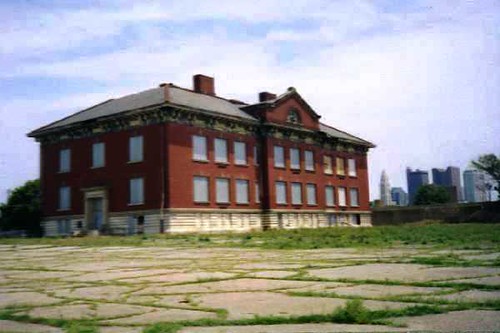A Rich Architectural Heritage
The Bellows School, located in the Franklinton neighborhood of Columbus, Ohio, is a historic school building with an impressive architectural design. Constructed in the Renaissance Revival style, the school features a rusticated limestone foundation and an elaborate bracketed cornice.
The entranceway is adorned with intricately carved sandstone, complete with Neoclassical foliate details. Simple side entrances are decorated with stone pilasters, adding to the school's elegant appearance.
Furthermore, the school has retained its original brick walls, limestone trim, slate roof, and some original wood window sashes and doors.
Notable Connections and Historical Significance
The history of the Bellows School is deeply intertwined with the lives of two prominent individuals. George Bellows Sr., the architect and builder of the school, is the namesake of the school and the street it is located on.
A German-American architect, David Riebel, designed the school and was the head architect for the Columbus Public School District from 1893 to 1922.
The school opened in 1905 as an elementary school and served the community until its closure in 1977. Since then, the building has stood chiefly vacant, a silent witness to the passage of time.
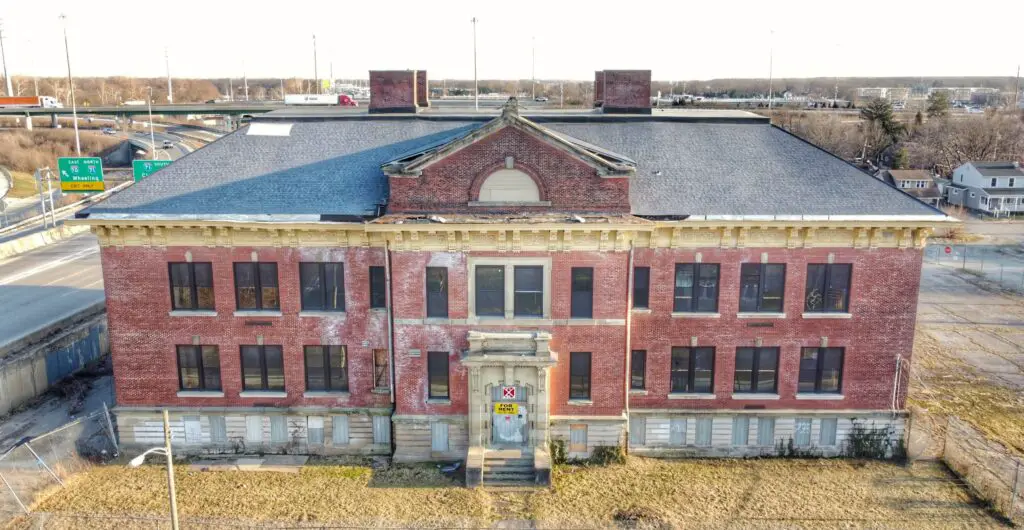
National Register of Historic Places Eligibility
The Bellows School's historical and architectural significance has not gone unnoticed. In 2006, the school was deemed eligible for the National Register of Historic Places.
This recognition helps to protect historic buildings from demolition and highlights the architectural and historical importance of the school. Eligibility for the National Register of Historic Places is a testament to the Bellows School's lasting impact on the community and its architectural heritage.
Renovation Plans and Challenges
The Bellows School has faced numerous obstacles in its journey toward preservation. In 2014, developer Yhezkel Levi purchased the building with ambitious renovation plans. Levi intended to create office space, 27 apartments, eight townhouse units, and three single-family homes.
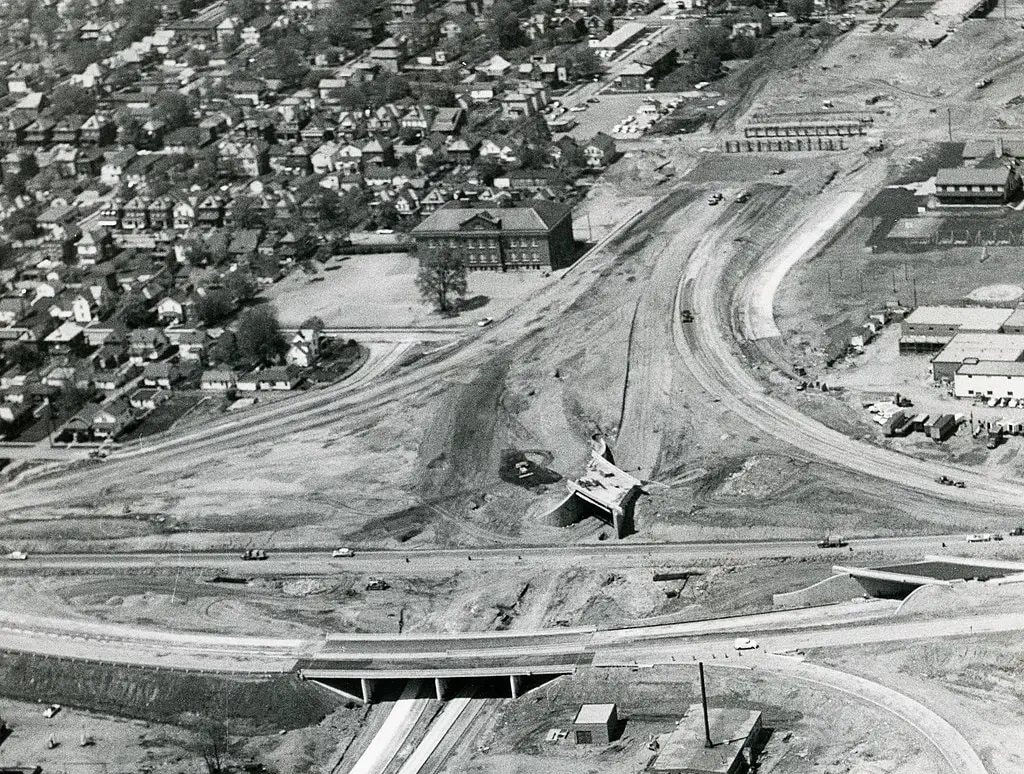
His vision was to breathe new life into the historic building, transforming it into a vibrant, mixed-use space that would benefit the local community.
However, the renovation project faced several challenges from the outset. One of the main obstacles was securing funding for the extensive renovations needed to restore the school to its former glory.
The building had been vacant for decades and, as a result, had suffered significant damage from both natural elements and vandalism. Renovation required substantial investment to repair the roof, fix structural issues, and restore the building's beautiful architectural features.
Another challenge was navigating the complex web of regulations and zoning restrictions accompanying historic building renovations.
The school's eligibility for the National Register of Historic Places meant that the developer had to work closely with local and state preservation authorities to ensure that any proposed changes aligned with historic preservation guidelines. This added time and complexity to the project and additional costs for consultations and approvals.
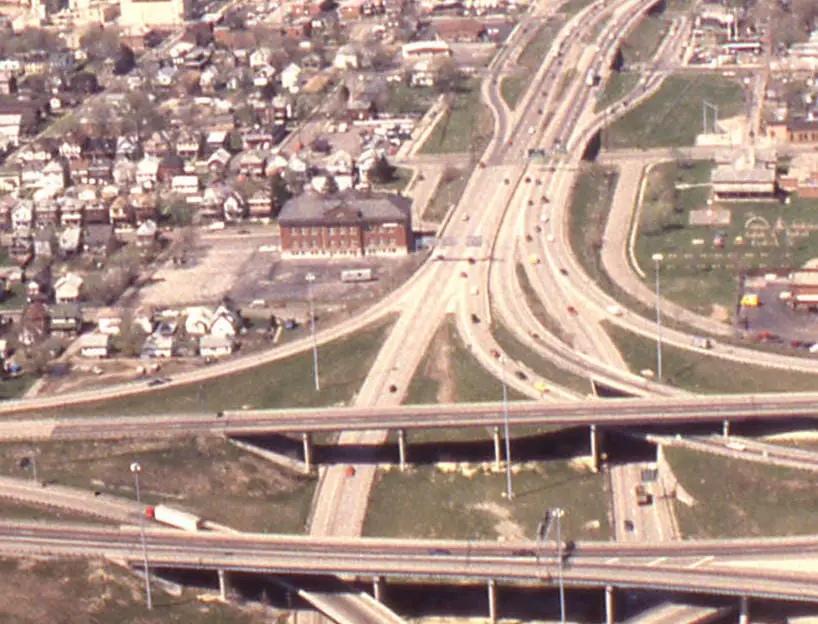
Finally, the uncertainty surrounding the I-70/71 split project overshadowed the renovation plans. The proposed highway expansion will threaten the school, and the long-term prospects for the building remain unclear.
By 2017, Levi had made significant progress in restoring the Bellows School, replacing nearly the entire roof, reinforcing rotted floors, installing new windows, conducting asbestos remediation, and removing accumulated trash and debris. However, as of 2023, the building is still under renovation.
The I-70/71 Split Project and its Impact on the Bellows School
The I-70/71 split project has further complicated the fate of the Bellows School. The Ohio Department of Transportation (ODOT) initially planned to demolish the school to make way for expanded highway exit ramps.
No build alternative was found to preserve the school, leading to further concerns about its future. Alternative designs were dismissed due to their detrimental effects on the nearby Dodge Park.
Despite the school's eligibility for the National Register of Historic Places, this recognition has not led to changes in the I-70/71 project plans. As a result, the school's fate remains uncertain, caught between preservation and demolition.
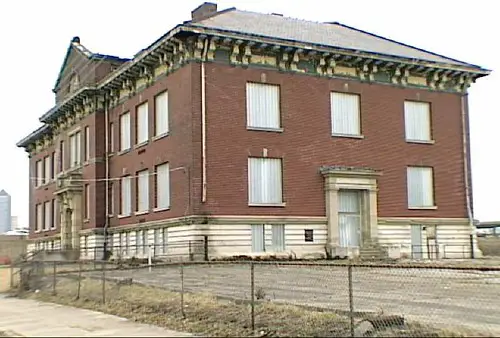
Conclusion
As it stands, the Bellows School remains a symbol of Columbus, Ohio's architectural past. The building's rich history and impressive design make it essential to the community's heritage.
However, challenges related to preservation and the I-70/71 split project continue to threaten the school's existence. As a result, the future of the Bellows School is uncertain, but its historical significance and architectural beauty will continue to be remembered and celebrated.
Some sources claim that the demolition of the building is scheduled for 2023.
